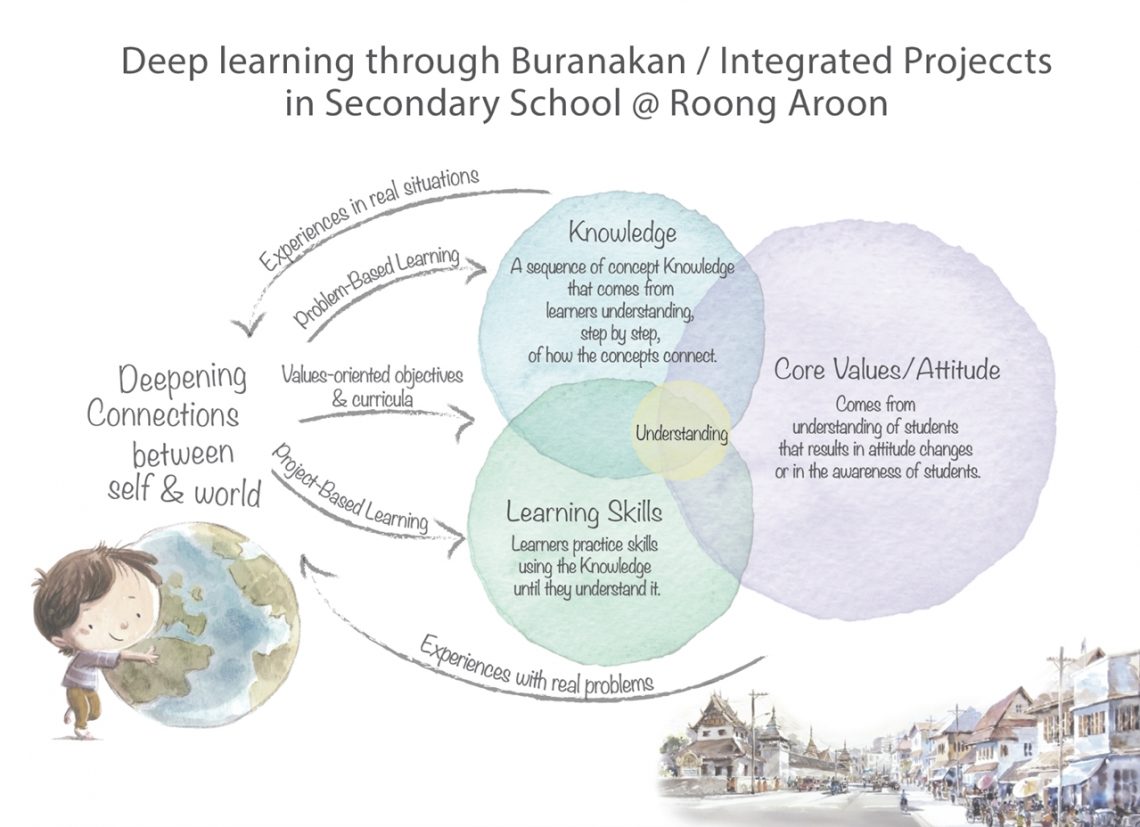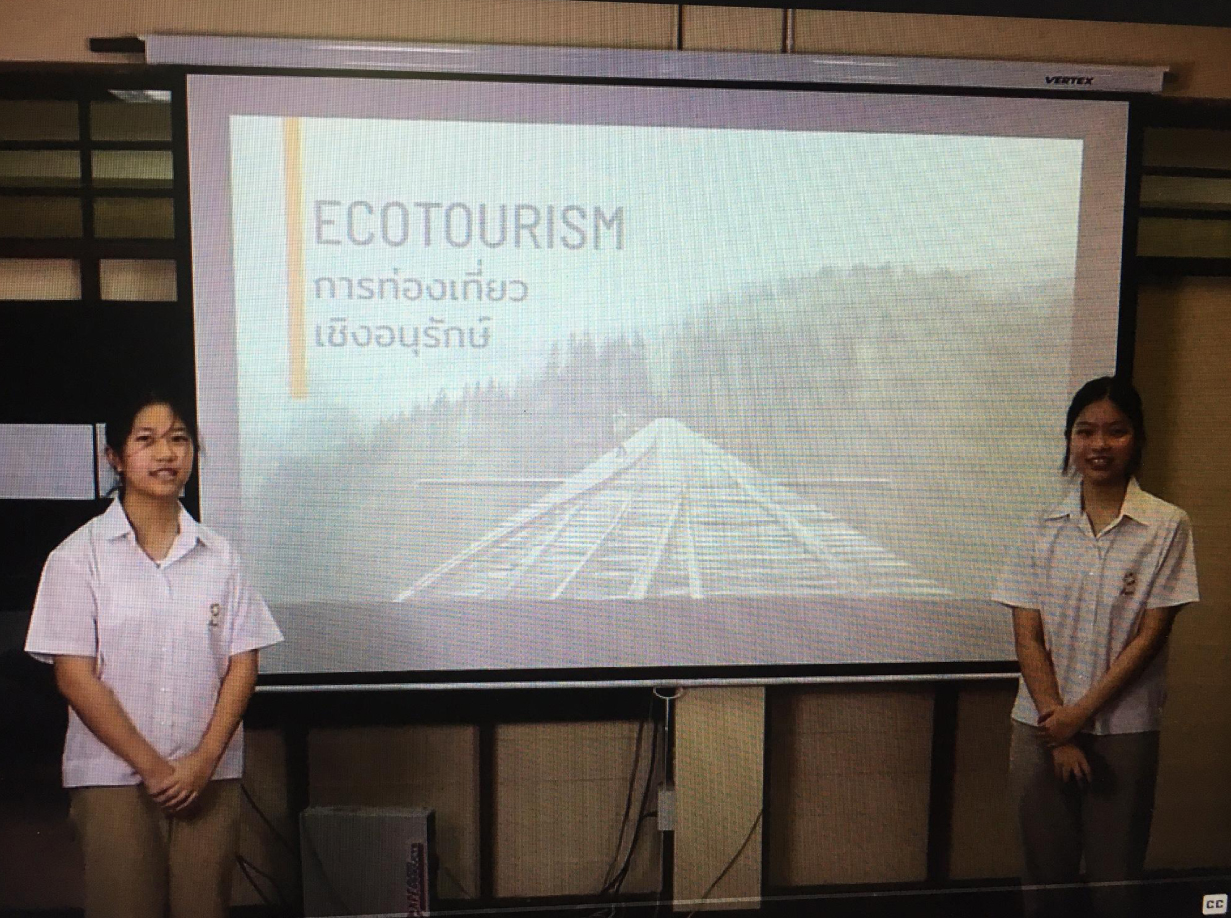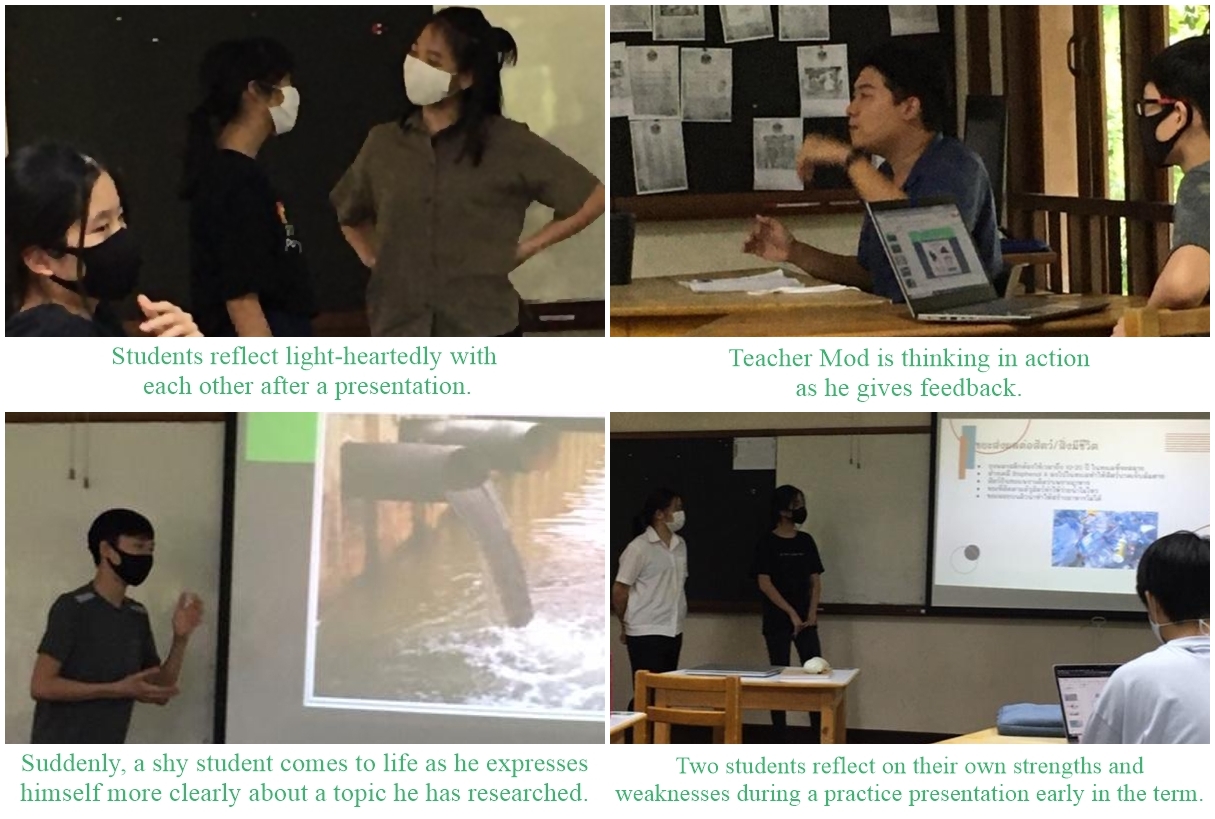
Buranakan in Grade 9: Deep Learning through Integrated Project Work
Closing Notes on the Value of Buranakan
In many traditional schools, when teenagers are misunderstood, they turn off from learning, inwardly, maybe even giving up on themselves, not seeing how to make new connections or unable to make sense of what needs to be learned or how it connects with themselves. As both a curriculum and a collection of holistic approaches to teaching and learning, Buranakan guides young people to discover and uncover knowledge, skills, and values that seem fresh and inviting.
Knowing the students well and knowing their strengths and interests, the RAS Buranakan teachers design and refine the curriculum to facilitate the learning process in ways meaningful to their students. Knowledge and skills are acquired as the need for them arises as projects progress. Then, by curricular design along with careful lesson planning, positive feelings or deepening values toward what students are studying get blended into their learning processes through experiences and holistic learning tasks both in and out of the classroom every week.
To uncover the core value, teachers and students must become aware of how the widening circles of the content connects across many categories of knowledge, found from a wide array of resources. Teachers must also be open to students expressing the target value in different ways. Cru Pu, the secondary school principal, elaborates that teachers must first learn the value deeply — “in their development, their mind, their body, or even their attitude. But it’s really about the truth or the fact of the situation, or the phenomenon that the students learn.”
With Buranakan’s interconnected pieces in place to support their learning processes, students discover for themselves how they can create projects worth sharing with a wider community. During Term 1, 2020, some Grade 9 students were still shy and not feeling confident to share with a wider audience, while others took their final projects to share across ecologically-minded Thai Facebook groups. Regardless of how widely they choose to share, all were discovering the real and current ecological and human problems of maintaining the ocean’s integrity and natural resources needed for life on the planet.
In its approaches to teaching and learning, Buranakan is facilitated to awaken within students a sense of curiosity and a deeper yearning to know, to help others, to discover for themselves the value of what they are learning and why.

References
- Kingston, S. (2018). Project Based Learning & Student Achievement: What Does the Research Tell Us? PBL Evidence Matters. 1(1), 1-11. http://bie.org/x9JN
- Larmer, John (2015). Project-Based Learning vs. Problem-Based Learning vs. X-BL. Edutopia. https://www.edutopia.org/blog/pbl-vs-pbl-vs-xbl-john-larmer
- McDowell, Michael (2021). Why Teachers May Want to Try Throwing Students a Curveball in PBL. Edutopia: Project-Based Learning. https://www.edutopia.org/article/why-teachers-may-want-try-throwing-students-curveball-pbl
- Niyom, Prapapt (2018). Wise Reflection; Understanding the interconnectedness and value-based learning in schooling system. Bangkok, Thailand: Arsom Silp Institute of the Arts.
- Rogers, C., & Freiberg, J. (1994). Freedom to Learn (3rd Ed.). Upper Saddle River, NJ: Merrill Publishing.


